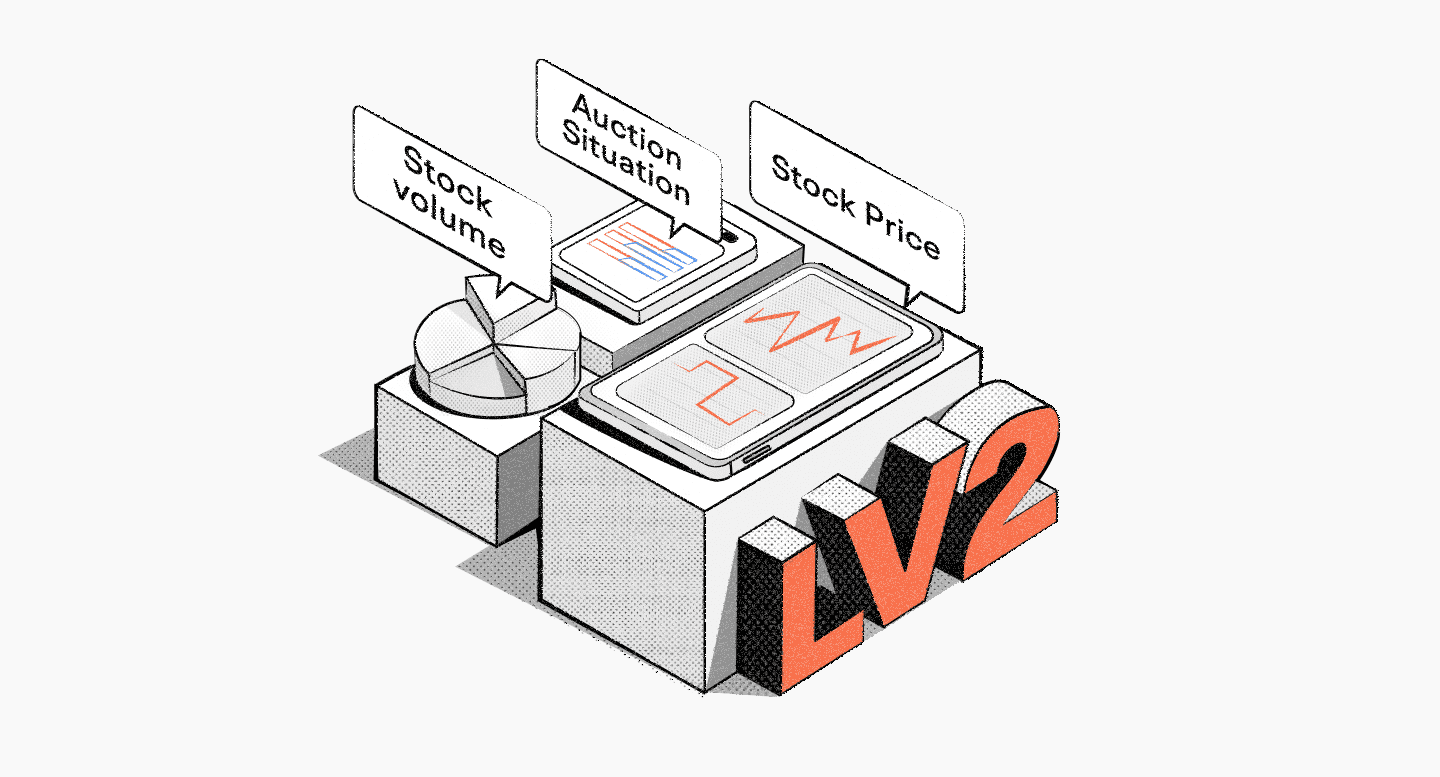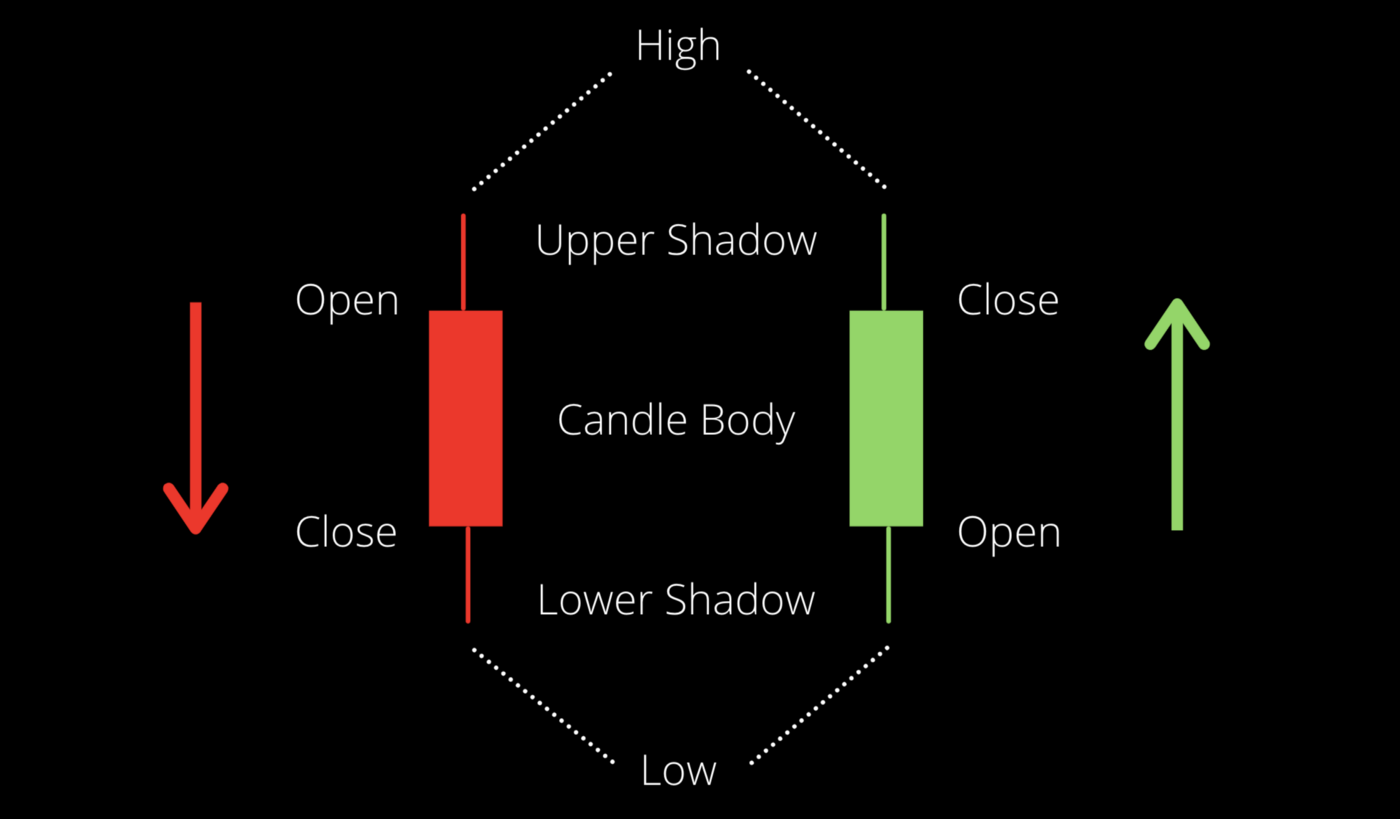In financial markets, having key details about what other traders are doing can make all the difference in the way you trade.
It can help you decide the market interest in an asset, the highest and lowest buy or sell prices, whether trading such assets will suit your purposes, and the best time to enter or exit the market. This is why level 2 market data is often regarded as the ultimate source of information by traders.
It gives traders unique insight into the workings of the market and provides a clearer picture of the trading decisions of investors, big financial institutions, and other traders. Let’s discuss how you can read and understand level 2 market data.

Image Credit: moomoo
Contents
What is Level 2 Market Data?
Generally, Level 2 is a term for market information that shows the scope of the bid and ask costs for a given security like stocks. Sometimes referred to as the depth of the book, Level 2 includes the price book and order book, listing all orders submitted to exchange and every individual quote.
To fully understand what the Level 2 market order means, we have to step back and examine the Level 1 order. Level 1 market data provides information on the following:
- Bid value: The highest price buyers pay for an asset.
- Ask value: The lowest selling price of an asset
- Last value: The buy or sell price of the most recent trade
- Last size: The number of shares of the last trade placed in the market.
Level 1 market data gives a lot of intel to traders, especially those using price action trading strategies, to decide what and when they will trade. All in all, level 1 shows you the extreme side of traders’ behavior in the market, their highest and lowest buying and selling levels, along with the quantities of the security being exchanged.
Level 2 trading is more or less an expanded version of level 1. It gives traders a better understanding of what is happening in the market when they see a high level of trading activity or price action.
In addition, they have more understanding of what prices traders are buying and selling a security. This is why level 2 market data is sometimes referred to as an order book because you can see the buy or sell orders placed those that have been filled, and those that are waiting to be filled.
One of the ways traders use Level 2 market data is to watch how long it takes before a buy or sell order is filled. This tells you how receptive the market is to that security.
To do this, look at the time sales box included in the level 2 order book. There, you can see each trade made on the particular market, including the cost and amount.
Where the trade is shown in red, it implies that the order was made on the sell side, and if the transaction is shown in green, it means that the request was made on the buy side.
Since the market is controlled by investors who make massive orders or utilize different automated order types, it is important to see the number of orders being executed, making the time sales box incredibly important for day trading.
Advantages of Level 2 Market Data
There are obvious advantages that come with level 2 market data, see below the 3 biggest ones.
1. Better Understanding of Market Sentiment:
Without a doubt, as you have more data about the particular market, better it is to understand the sentiment of other traders and stock market patterns that will be helpful when trading. Market sentiment can determine the direction of the market.
For instance, if traders believe that a stock or base currency in a currency pair is going to fall, a lot of sell orders will be opened, and vice versa. For centralized exchanges, level 2 market data is the best tool for determining market sentiment early on and using it to inform your trading decisions.
2. Wealth of Information:
The extensive information provided about specific security is perhaps one of the main advantages of utilizing a level 2 order book. The level 1 order book gives you information about the buyers and sellers in the market, but it is known to be a bit misleading or provide inaccurate information, which can be costly. Sometimes, it will only show you the actions of one side, such as the sellers, without allowing you to consider what the other side is doing.
However, with a level 2 order book, you get better information on the trading actions of both buyers and sellers. You can also spot the time when big financial institutions like the government enter a specific market and try to control it by making large orders.
You can learn the tricks they use to avoid detection and increase your ability to accurately predict when the market is going to turn.
In addition, it is possible to trade any asset using level 2 data as long as it is listed on an exchange. A trader can utilize level 2 data when trading options, futures, stocks, and forex, but it works better in some markets than others.
3. Trade With the Best Prices:
With level 2 market data, you get to see the different price levels an asset is trading at and select the most competitive ones. You can see how the prices are changing and adjust your order to reflect those changes. This increases your chance of making a profit, and where the market is in a downtrend, reduces the losses suffered.
How to Read Level 2 Market Data
Level 2 order books on different exchanges have pretty much the same information. Therefore if you know how to read one, you can use it on most trading platforms.
There are four types of information you can get through the data in a level 2 order book, and they are liquidity, market depth, timing, and bid-offer spread.
1. Market Depth:
This indicates the level of market interest for a stock based on supply and demand. By checking the number of open trade orders placed on an asset, you can find out how active the market for that security is. By looking at the market depth of an asset, a trader can determine the stock’s value for trading purposes and decide whether they want to place a trade and where that offer will fall.
Also, when you want to trade a breakout, examine the price range using the level 2 data and see whether there is pressure on the market to break the highest or lowest price level and find the right entry or exit point.
2. Liquidity:
Liquidity goes hand-in-hand with market depth because it measures the total buy and sells orders placed on trade at any given time. It lets you know how quickly your order will be fulfilled and replaced with new ones. When you see that orders are being placed and fulfilled fast, you can decide how and when you are going to place your order.
3. Timing:
Successful trading usually boils down to key details like knowing the best time to buy or sell a security. This becomes more important when working with small margins and volatile assets like penny stocks because of price fluctuations. Knowing the range of prices a security is trading at can help traders gauge their timing and place their orders at the best time.
4. Bid-offer Spread:
This is the difference between the price you buy and sell a stock, and that difference is referred to as the spread. Typically, the smaller the spread, the more liquidity you can expect from an asset. Where the spread is low, it will be easier to sell the stock when you want to and at your preferred price. On the other hand, if the stock has a large spread, it will have less liquidity and may be harder to trade.
Conclusion
Level 2 market data is used by traders for several reasons. For one, it makes it possible to use a variety of trading techniques and strategies and enables you to determine what methods others are using. It is the ideal trading tool for day traders and scalp traders and can be used in any financial market listed on an exchange.
But it does have its downsides. For instance, it is not suitable for long-term traders and can lead to losses when used with highly volatile assets. Like other trading tools, it does not guarantee success in financial markets, but it does open up the market to you and allow you to discover new ways to understand the market and increase your chances.
Post You May Like:
- Cheapest Penny Stocks on Cash App Under $5
- Types Of Candlesticks and Their Meaning
- Start Day Trading With $100


